Living big, eating big, and traveling smart in Pakistan’s Punjab capital

Lahore lives big. It’s the capital of Pakistan’s populous Punjab province, split between India and Pakistan when they became independent from Britain in 1947. An old Punjabi adage goes: ‘Anyone who hasn’t seen Lahore simply hasn’t lived.’ It’s the country’s cultural capital, and it’s where Pakistan’s Islamic identity was born. It’s also the kind of city where people spontaneously burst into dance and song in inclement weather: a television reporter once abandoned his broadcast and joined in the dancing in the rain. Lahore’s residents—dubbed the ‘zinda dilan-e-Lahore’ or ‘the people whose hearts are alive’—have honed the art of letting go into an art form. If it’s your dream to lead a flash mob or wear your flashiest clothes sans judgment, this is the city to visit. It may be more conservative than Karachi and Islamabad, but it’s also strangely uninhibited: men line up to set records for pulling a truck with a mustache, or see how many rotis they can cook.

Lahore is the city of gardens. Lahoris love their parks. The bombing at Gulshan-e-Iqbal Park in March 2016, which killed more than 70 people, struck at the heart of this love. Parks are the few egalitarian spaces left to the poor and the middle-class. As gentrification, urbanization and the construction of gated communities create enclaves for the rich, Lahore’s blue-collar workers have nowhere else to go but the parks: the last open, fun spaces left in the city. The expansive Mughal-era Shalimar Gardens and its disused fountains, the Bagh-e-Jinnah and its botanical garden, the Racecourse Park (which hosts an annual ‘horse and cattle show’), and the grounds of the city zoo are packed on weekends, which is why the parks made for such a symbolically potent target for terror.
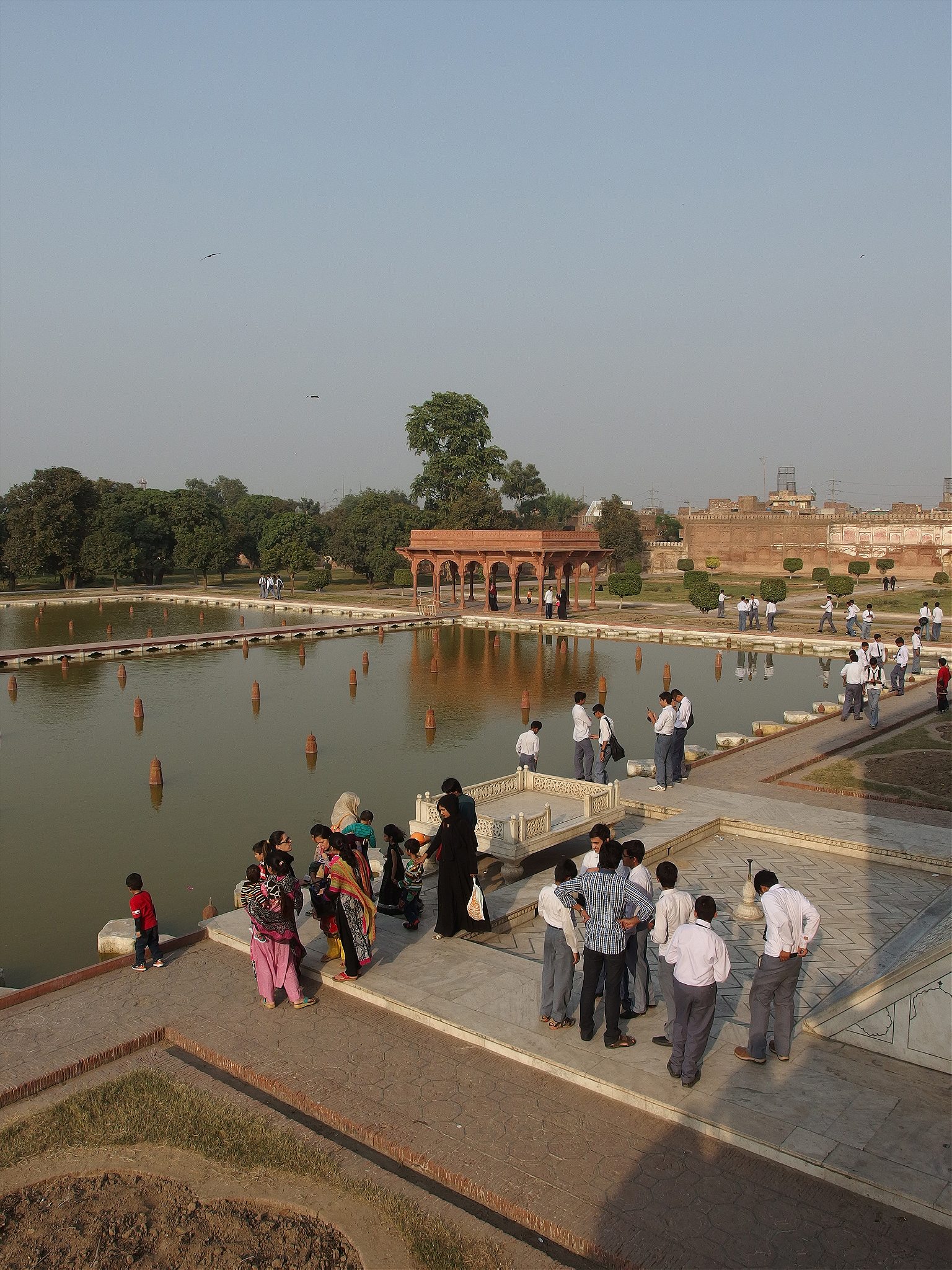

The safety question. Despite last month’s bombing, Lahore has long been considered ‘safer’ than other Pakistani cities, though this is partly due to the government’s tendency to sweep militancy under the rug to encourage tourism and investment in the city. The rules for traveling anywhere apply in Pakistan as well: one can travel while being mindful of the risks and not veering off into unknown territory alone. The best advice for a tourist is: don’t ‘pull a Raymond Davis’.

You haven’t eaten until you’ve been to Lahore. If the gastronomes of the Mughal Empire were used to over-the-top meals, Lahore’s modern-day residents are no less demanding. Lahore has long anointed itself the food capital of Pakistan. Punjabi culture is all about food; it’s a fundamentally agrarian society, and the traditions of its Mughal kitchens, as well as the ethnic Punjabis with roots in Kashmir, have left their mark on the city’s food. Lahore is where I learned how to properly speak Urdu—albeit with a Punjabi inflection—and how to truly appreciate food. I spent a year growing up in the old, crowded, market neighborhood of Icchra, where the neighborhood dairy was owned by a gossip hound who also sold the perfect firni, a milk dessert, served in clay dishes joined together with string, almost as if you put two bowls together to form a whole. It’s in Lahore where I picked up the seemingly odd food pairings of boiled eggs with chickpeas, or naan with pakoras, fried vegetables in a gram flour batter. From dessert to offal, Lahore is the answer to all your food aspirations, from the grandiose dish of siri paye, a glutinous dish of trotters, to the nan khatai biscuits at Khalifa Bakery in the old city. Ghee was cool in Lahore way before the tiny, cutesy jars of clarified butter ended up in your local Whole Foods. It’s an affront if your food doesn’t arrive with a ladle’s worth of ghee on top. Prepare for extra-large portions of everything: flatbreads that drape off large dinner plates, serving sizes large enough to feed a small family, a never-ending supply of naan.

You can’t go wrong with the food classics. A recent series of health inspections revealed deplorable hygiene at the city’s over-hyped, upscale restaurants, as well as at mid-range diners, leaving many Lahoris broken-hearted, and forced to rethink their takeout orders. But don’t fear: It’s not all donkey meat and dirty kitchens. Steer clear of the much-hyped ‘Gawalmandi food street’ and go for the classics, starting off with Lahore’s version of the corn-on-the-cob sold on carts on every street, served boiled and rubbed with lemons and dipped into an addictive mix of spices. If you are in the old neighborhood of Gawalmandi, head to the bare-bones Haji Amritsari for the stewed grains-and-kebabs combination of hareesa, and try not to make eye contact with the (wildly politically incorrect) portrait in the doorway of Ilm-ud-Din, a local ‘hero’ executed in 1929 for killing someone who allegedly blasphemed Islam.
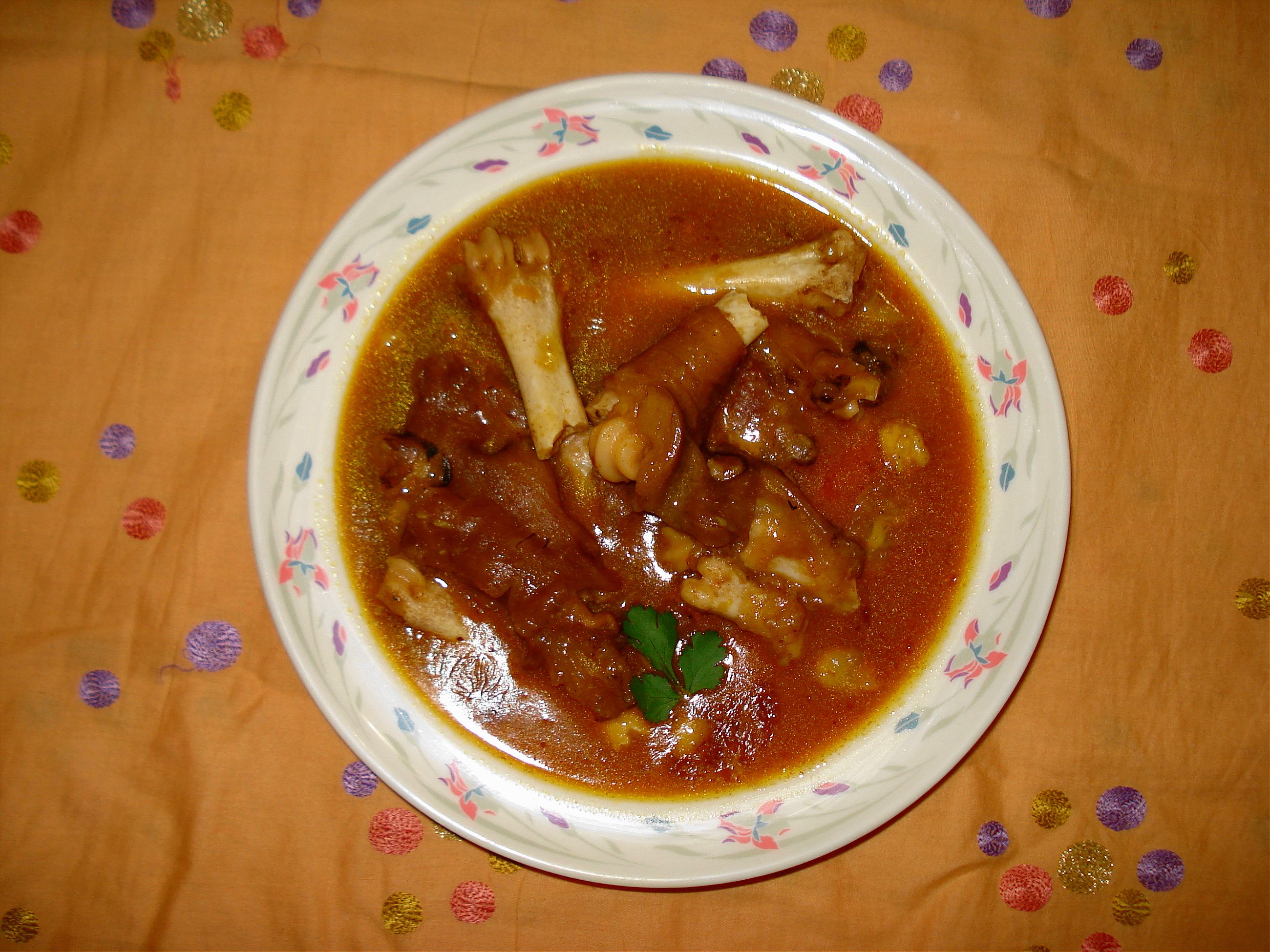

Ditch the ride. Forget about hiring a car or hopping into a rickshaw. The best way to see Lahore is to literally hurl yourself into a MetroBus—along with the dozens of people crammed into every edge, pressed up against the doors, and crouched over an inch of free floor space—and watch the sights of the city unfold. Try to finagle a seat by the window, or next to the driver in the women’s section. You’ll leave with an intimate knowledge of your fellow passengers’ emoji-filled WhatsApp conversations, and a like-no-other view of the city from the elevated bus tracks. On my last trip, a girl struggling with the bus route handed her cell phone over to the driver so he could talk to the people at her destination and figure out her bus stop. It’s also the cheapest way to see the city from the main bus terminal of Shahdara down to the Canal and to Gajjumata: for 20 rupees, you can view large expanses of the city without being stuck in one of Lahore’s interminable traffic jams.

Make Lassi your libation. Unsurprisingly, Lahore has no great booze culture; there’s nary a liquor store in town. Lahore’s nightlife, as in much of the rest of Pakistan, revolves around dining out. (Generations of teenagers have aimlessly driven around town or hung out at the city’s Liberty Market for poondi—a slang term that means checking someone out, but usually involves varying levels of harassment.) So give your liver a rest and indulge in the extra-tall (Lahore’s standard measure, naturally) stainless steel glasses of lassi that accompany any self-respecting greasy breakfast or roadside diner. Lassi comes in two versions: a foamy, sweetened, yogurt-rich concoction; or a salty kind, which is more popular as a post-lunch drink. The saccharine version settles in your stomach like a brick, though it’s also hugely fortifying.
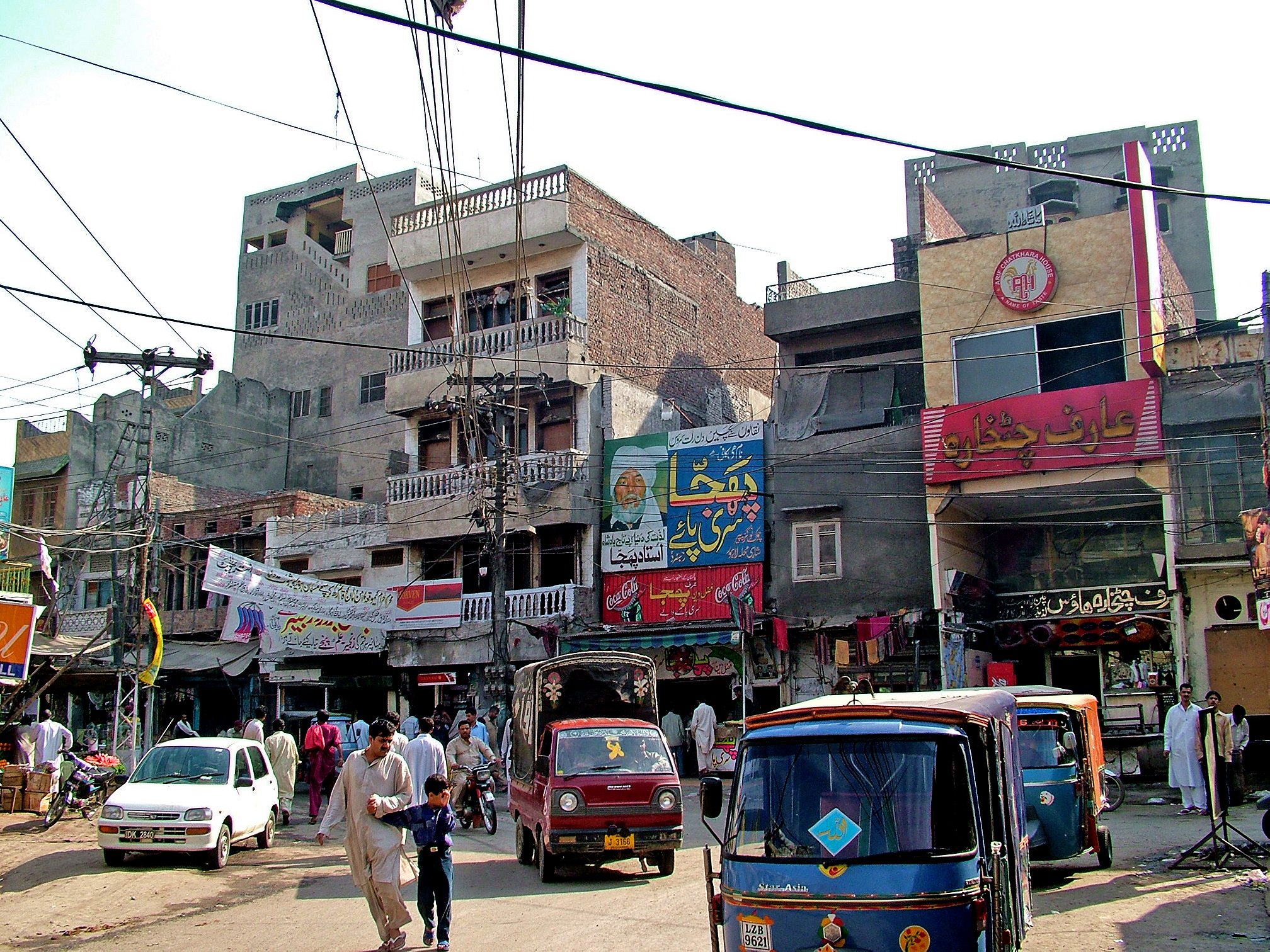

Avoid the gate-hopping city walk. The original city of Lahore was called the ‘Walled City’, and closed off by 13 gates. Now, it’s closed off by barricades and troops, because Pakistan’s deteriorating security condition has turned most city borders into militarized zones. The quintessential way to see Lahore is to walk in the Old City by going from gate to gate, but this is exhausting, and you’ll be stuck looking at Google Maps the entire time. Just stick to one neighborhood and discover that properly; whether it’s the old, fresco-laden architectural gems of houses that are falling to pieces or have been converted into schools and plazas, or the costume jewelry market inside Anarkali, where you can buy glittery tiaras and faux chokers by the armful.

Break the diet for bhatooray. When I get to Lahore, I turn into my ten-year-old self, with a laundry list of foods to eat: kebabs at Bhaiyya’s in Model Town; haleem (here’s an old R&K piece I wrote about it) from my old neighborhood of Icchra. But only one item turns me into a babbling obsessive. It’s the dish for which that I have and will continue to break all sorts of diet rules: bhatooray, a layered puri (a deep-fried flatbread) served with a spicy chickpea curry. It is comfort food at its finest. The best bhatooray are probably still in Ichhra, but for the last few years I’ve avoided the trek and instead taken up residence at the bhatooray stall at the annual Lahore Literary Festival. I’m also a big fan of samosa chat in Liberty, essentially a samosa served with chickpeas. My other Kryptonite is Andaaz, an upscale restaurant based out of an old, beautifully appointed house that has a view of the Badshahi Mosque. (Cuckoo’s Den, also in the same neighborhood, is far more famous, but Andaaz wins because of its superlative food.) It’s probably the only fine-dining place in Pakistan that has yet to disappoint me: everything from their daal to their barbecue is enough to elicit tears of joy.
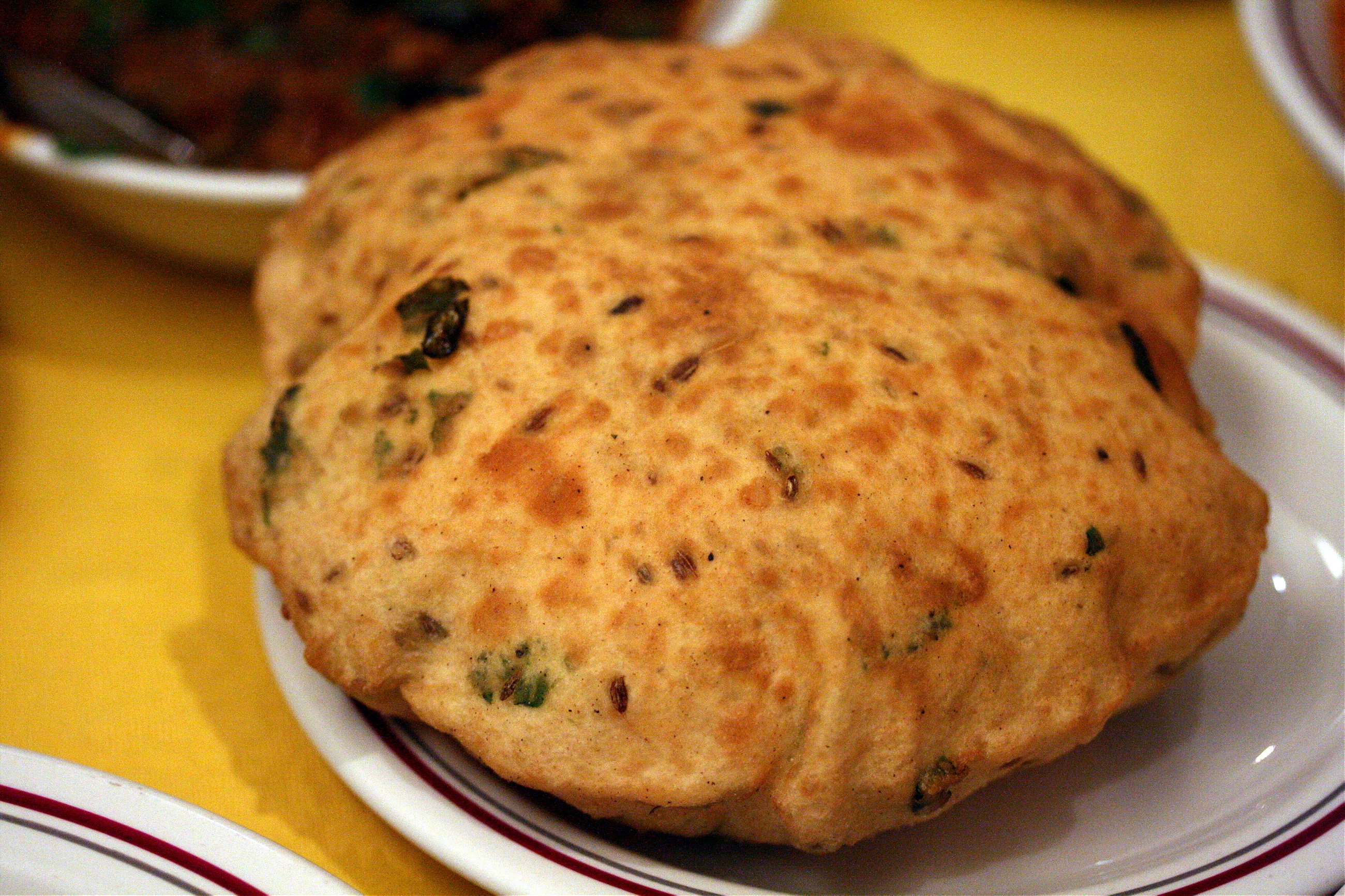

Nope, don’t call it LaWhore. Using this nickname means you’re either an overgrown schoolboy, or a bitter Karachi resident. On that note, avoid the tone-deaf desire, voiced by many out-of-towners and tourists, to see Lahore’s red-light district (dubbed the Diamond Market). This district was originally formed as a neighborhood for the Mughal emperors’ harem, and generations of courtesans worked there until it was banned in the 1950s. As a result, the sex trade spread across the city, but this area is still operating. While the dancers and sex workers only begin work after hours, it’s actually during the day that the district is worth seeing: Shi’ite symbols, men bragging about their political connections, boys glancing at the few women on the streets, and the shuttered windows of the houses where sex workers work their shifts.

Fake it till you make it. If you didn’t make it anywhere, you can definitely make it here. Lahore society loves an ‘exotic’ outsider, but it really loves anyone with new money. Gain entry into the gilded circles with a couple of introductions to the ladies who lunch, a fake Birkin and a tale about how your grandfather served in the British colonial government. Bonus points if you dye your hair blonde and pretend to be hawking anything from Versace’s furniture line to fur coats, or are planning to invest millions into the myriad gated communities popping up across Pakistan. Only the few blue-bloods will sniff about your antecedents and the crassness of the nouveau riche, the rest just want to be invited to your parties.
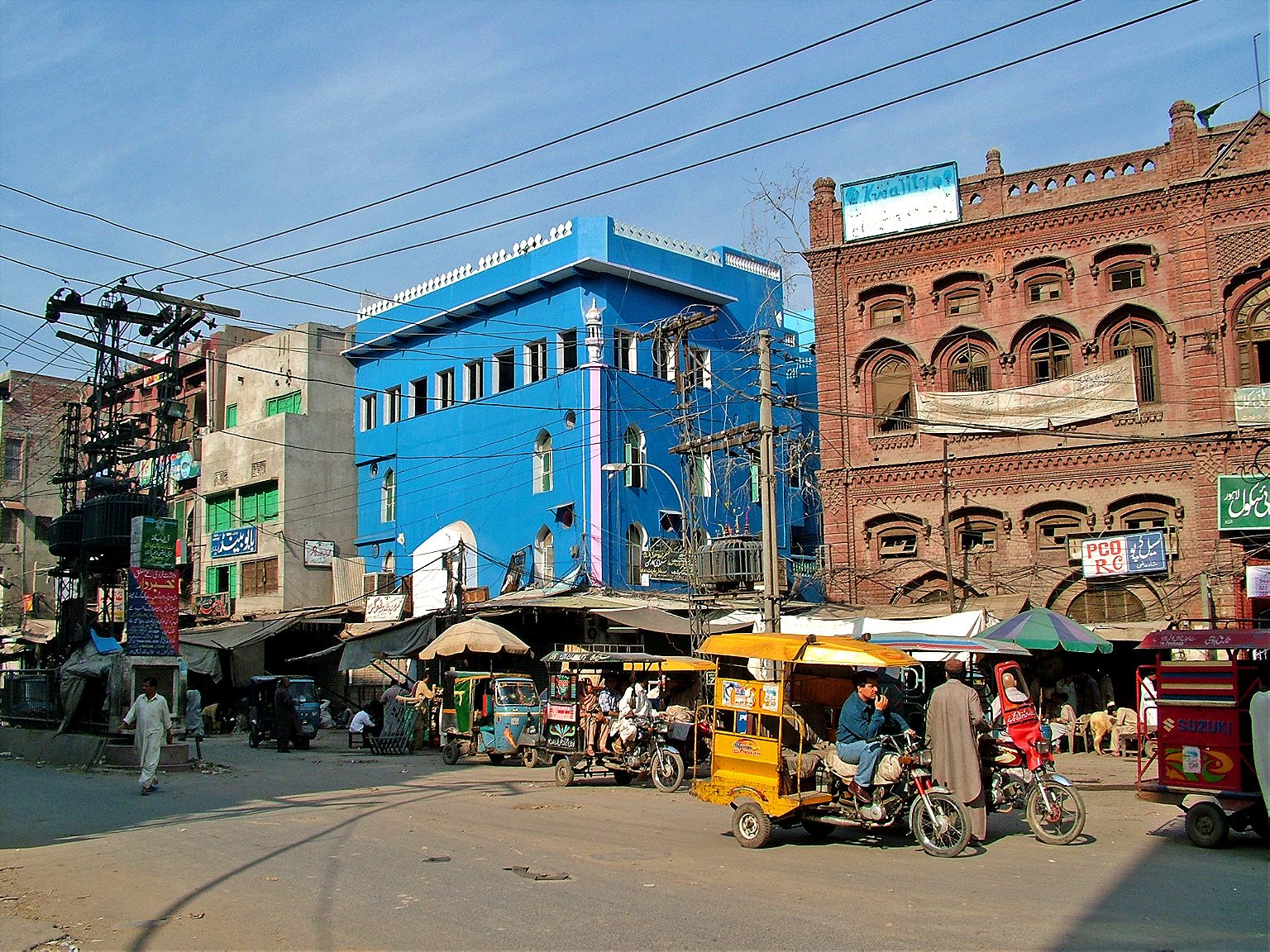

Gaddafi still rules here. The late Libyan dictator’s name looms large in Lahore: there’s even a cricket stadium named after him. His popularity has endured for decades thanks to his financial assistance to Pakistan, and he became a symbol of the remnants of pan-Arabism. The Pakistani love for Muammar Gaddafi is rooted in Lahore, host of the 1974 Organization of Islamic Countries’ annual conference. The list of attendees who rode into Lahore for the event was a Middle Eastern version of #squadgoals, including Hafez al-Assad, Yasser Arafat, and Anwar Sadat. The event fueled an exodus of Pakistani migrants to Libya, and Arabic tutors popped up across Lahore. Gaddafi’s portrait, commissioned after the event, hangs in the Lahore Museum and looks suitably menacing–almost as if the artist was given the brief: ‘future dictator, will blame unrest on protesters hopped up on caffeine.’ Save for a few op-ed columns and rumblings on Twitter after Gaddafi’s death, changing the famous cricket stadium’s name was never seriously considered.

Ice cream tastes better in the winter. Lahore has some serious ice cream game: Chaman are the original artisanal ice cream makers, who opened up on Beadon Road in the 1970s. Their original fruit-flavored ice cream still attracts hordes of customers. Until the 1990s, Anarkali Bazaar had shops where you could get mango ice cream made with hand-cranked machines, but these machines now rely on electricity. Then there are the addictive plain vanilla cones at Paradise at Liberty Market, which for some inexplicable reason, taste far better in the winter. I once spent an hour there just eating one cone after the other.
14. Mosques are chill-out zones. While Mughal-era mosques like Badshahi were largely abandoned to the few tourists and visiting diplomats for decades, they’ve been rediscovered by Lahore’s hipster couples, who pout in front of the 16th-century architecture while the bride’s $6,000 wedding dress sweeps the dusty floor. Instead of taking your 200th Instagram photo, get a book and sit inside the shaded porticoes, and revel in the intricate tile work. And as with everything in Pakistan, a bribe (or a well-placed connection) can turn a regular tourist experience into a truly breathtaking one. Ask your guide to get you into one of the minarets at the Wazir Akbar Khan mosque for a view of the remnants of old Lahore, or tip-toe your way around the recently re-opened Shahi Hammam—the royal baths. Because the mosques are both tourist destinations and functioning places of worship, the mosque management doesn’t object to anyone spending time hanging out inside, even though a sign at Wazir Akbar Khan reads ‘sleeping and shaving (!) is forbidden.’


The power will go out. The outlying Punjab province has long been in the grip of an energy crisis. As a result, electricity cuts take place after every other, or every couple of hours, and there is often no gas in the dead of the winter. There’s no silver lining to this: It’s miserable either way.

Follow the canal. It’s hard to miss the canal. It is one of the more iconic sights in Lahore, and often resembles brown sludge more than a water conduit. The canal is a microcosm of Lahore; a piece of history, a reflection of inequality, and the only respite many have from the heat. In the summers, the canal resembles a large swimming pool, with boys stripping off their clothes and jumping into the muddy waters. On weekends, families picnic on the sloped patches of grass, and the city government occasionally places lighted floats to mark occasions like the onset of spring.

There will be lions. Don’t be surprised if you end up face to face with a lion or a tiger in Lahore. Lions and tigers serve as the election symbol of the ruling political party—the current Prime Minister Nawaz Sharif’s Pakistan Muslim League—so big felines abound on posters and banners, and at private zoos at the homes of the newly rich. Come election season, you might find yourself at a political rally with stuffed lions of all sizes, men dressed up in furry suits, and actual lions and tigers in cages, because Lahore is nothing if not larger than life.
Top image: Wazir Mosque. Photo by: Flickr/Creative Commons